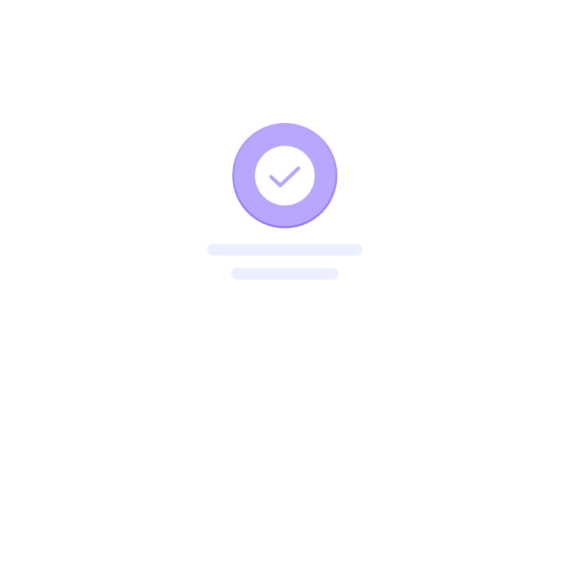Implementing new yacht chartering software is complex, especially with data migration—the transfer of data from an existing system to a new one. It’s crucial for a smooth transition and uninterrupted operations. Understanding the importance of data migration and the challenges that may arise is essential.
Data migration ensures the seamless transfer of vital information like customer data, booking details, yacht specifications, and payment records. Studies highlight its significance in maintaining data integrity and efficient software functioning.
Challenges in Data Migration:
- Data Mapping and Transformation: Differences in data structure and format between systems.
- Data Validation and Accuracy: Risk of data loss or corruption.
- Data Security and Privacy: Protection of sensitive customer information.
- Downtime and Business Disruption: System downtime impacting operations.
- User Training and Adoption: Ensuring employees are familiar with the new software.
Best Practices for Smooth Implementation:
- Planning and Preparation: Consider project timelines, resource allocation, and stakeholder involvement.
- Data Cleansing and Pre-Migration Testing: Identify and resolve data issues before migration.
- Backup and Disaster Recovery Plan: Ensure data can be restored in case of unforeseen circumstances.
- Effective Communication: Manage expectations and gain support for the migration.
- Training and User Support: Provide adequate training and ongoing support.
Choosing the right yacht chartering software is crucial. Key features include reservation management, inventory tracking, financial management, and reporting capabilities. Evaluate vendor reputation and support for reliable assistance, integration with existing systems, and scalability for future growth.
By understanding the importance of data migration, preparing for potential challenges, following best practices, and choosing the right software, yacht chartering companies can avoid data migration nightmares and ensure a successful implementation of the new software.
Key Takeaways:
- Understanding Data Migration: Critical for smooth software implementation.
- Common Challenges: Data mapping, validation, security, downtime, and user training.
- Best Practices: Thorough planning, data cleansing, backup plans, communication, and user support.
What is Data Migration?
Data migration involves transferring data from one system to another, ensuring continuity and usability of data in the new environment. Key considerations include data mapping and transformation, data validation, data security, and minimizing downtime.
Why is Data Migration Important in Yacht Chartering Software?
It ensures seamless transfer of critical information, enhances efficiency, supports data analysis and decision-making, and maintains data integrity and compliance.
Common Challenges in Data Migration:
- Data Mapping and Transformation: Ensures accurate data transfer by matching data fields and attributes.
- Data Validation and Accuracy: Ensures transferred data is complete, accurate, and usable.
- Data Security and Privacy: Protects sensitive information during migration.
- Downtime and Business Disruption: Plans for potential downtime to minimize operational impact.
- User Training and Adoption: Familiarizes users with the new system for effective use.
Best Practices for Smooth Implementation:
- Planning and Preparation: Define scope, objectives, and develop a migration plan.
- Data Cleansing and Pre-Migration Testing: Cleanse data and conduct thorough testing.
- Backup and Disaster Recovery Plan: Regular backups and testing of recovery systems.
- Communication and Stakeholder Involvement: Maintain regular communication and involve stakeholders.
- Training and User Support: Provide comprehensive training and support.
Choosing the Right Yacht Chartering Software:
- Key Features: User-friendly interface, customization options, reservation management, inventory management, financial management, communication tools, integration capabilities, mobile accessibility, and vendor support.
- Vendor Reputation and Support: Look for experience, customer reviews, availability of customer support, training, and regular updates.
- Integration with Existing Systems: Ensure compatibility, data transfer, workflow automation, user experience, and scalability.
- Scalability and Future Growth: Assess software’s ability to handle increased demands and support future expansion.
Some Facts About Avoiding Data Migration Nightmares:
- ✅ Planning is crucial for successful data migration projects. (Source: Our Team)
- ✅ Clean out unnecessary data before the migration process to save time and reduce storage costs. (Source: Our Team)
- ✅ Choosing the right migration technology, such as ETL, can help simplify the process. (Source: Our Team)
- ✅ Testing and validation of the migrated data ensure its integrity, accuracy, and formatting. (Source: Our Team)
- ✅ Seeking assistance from experts specialized in data migration can contribute to a successful implementation of yacht chartering software. (Source: Our Team)
Frequently Asked Questions
1. How important is planning in avoiding data migration nightmares?
Planning is crucial in avoiding data migration nightmares as it helps identify requirements, align objectives and timelines, and document development plans. It ensures a systematic and holistic approach to the migration process.
2. What are the key pre-migration steps to consider?
Key pre-migration steps include identifying dependencies between systems, addressing compliance and security issues, cleaning out archives and decommissioning legacy systems, and reviewing document retention policies. These steps help optimize storage, reduce costs, and ensure a smooth transition of data.
3. How can errors post-migration be identified and addressed?
Errors post-migration can be identified by migrating one workload at a time, allowing for easier error detection. It is important to have a thorough migration plan, conduct testing, and be prepared for post-migration clean-up, including dealing with missing documents, misconfigured accounts, or integration errors.
4. What factors should be considered when selecting a cloud provider?
When selecting a cloud provider, factors such as longevity, scalability, cost, integrations, location, latency, and security should be considered. Choosing the right cloud provider can ensure data is stored securely and accessible when needed.
5. Why is data validation important during the migration process?
Data validation is important during the migration process as it helps improve data quality by extracting, cleaning, and transforming data. It ensures the integrity, accuracy, and formatting of the migrated data, reducing the risk of data migration failures.
6. How can professional help with migration projects benefit organizations?
Seeking professional help with migration projects can benefit organizations by providing expertise, specific skills, and a repeatable methodology. Professionals can untangle complex migration webs, ensure a smooth migration process, and minimize business impacts during the transition.







